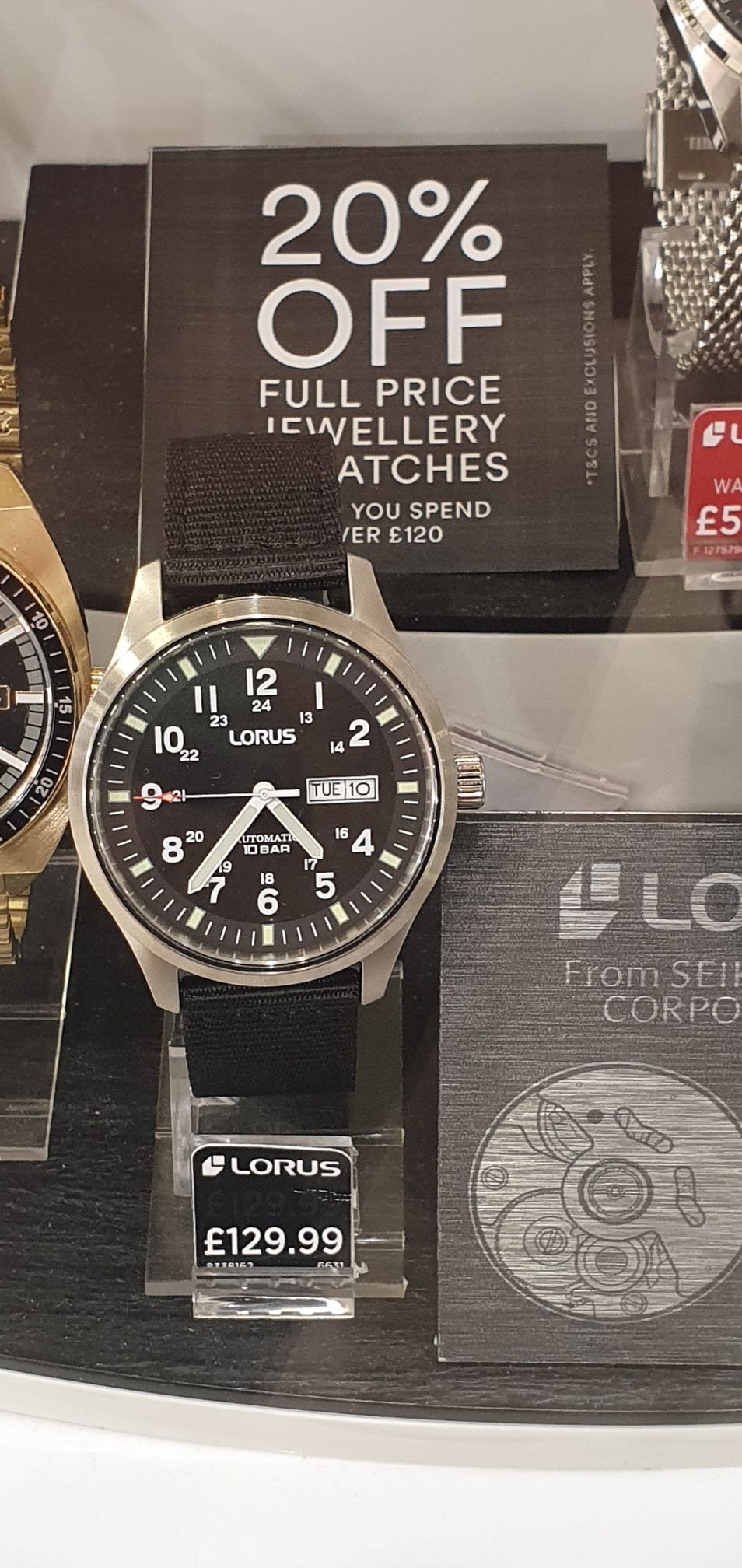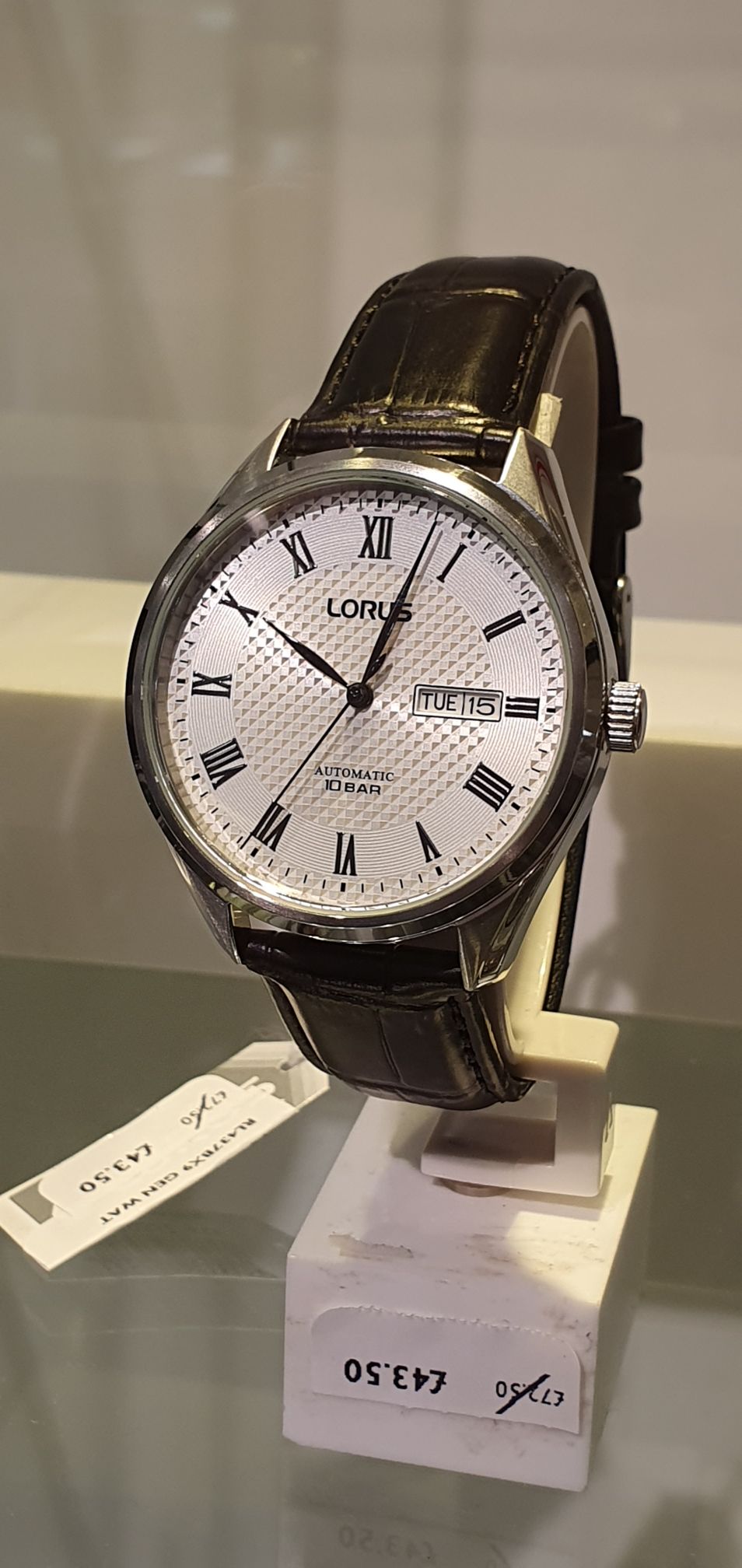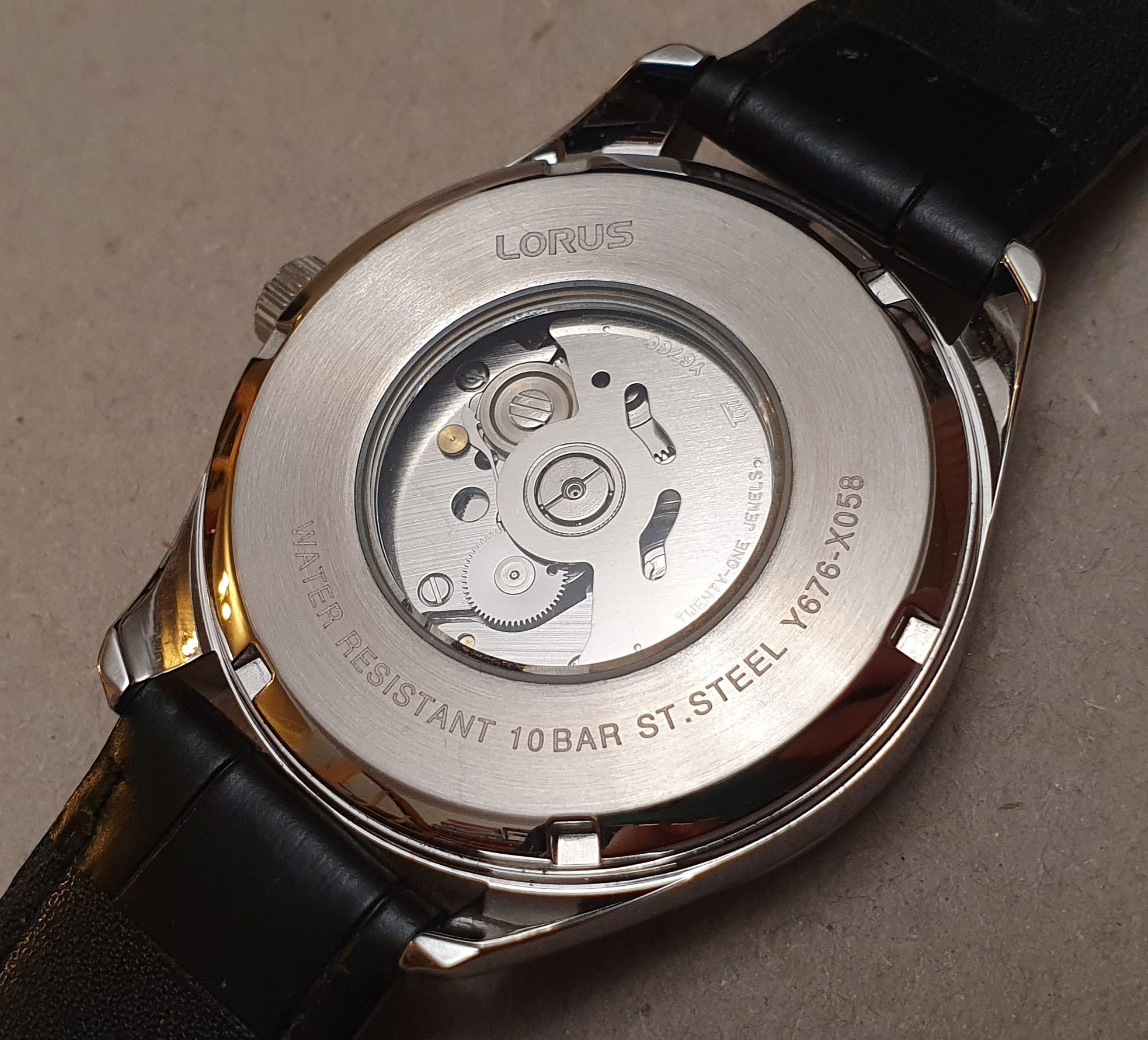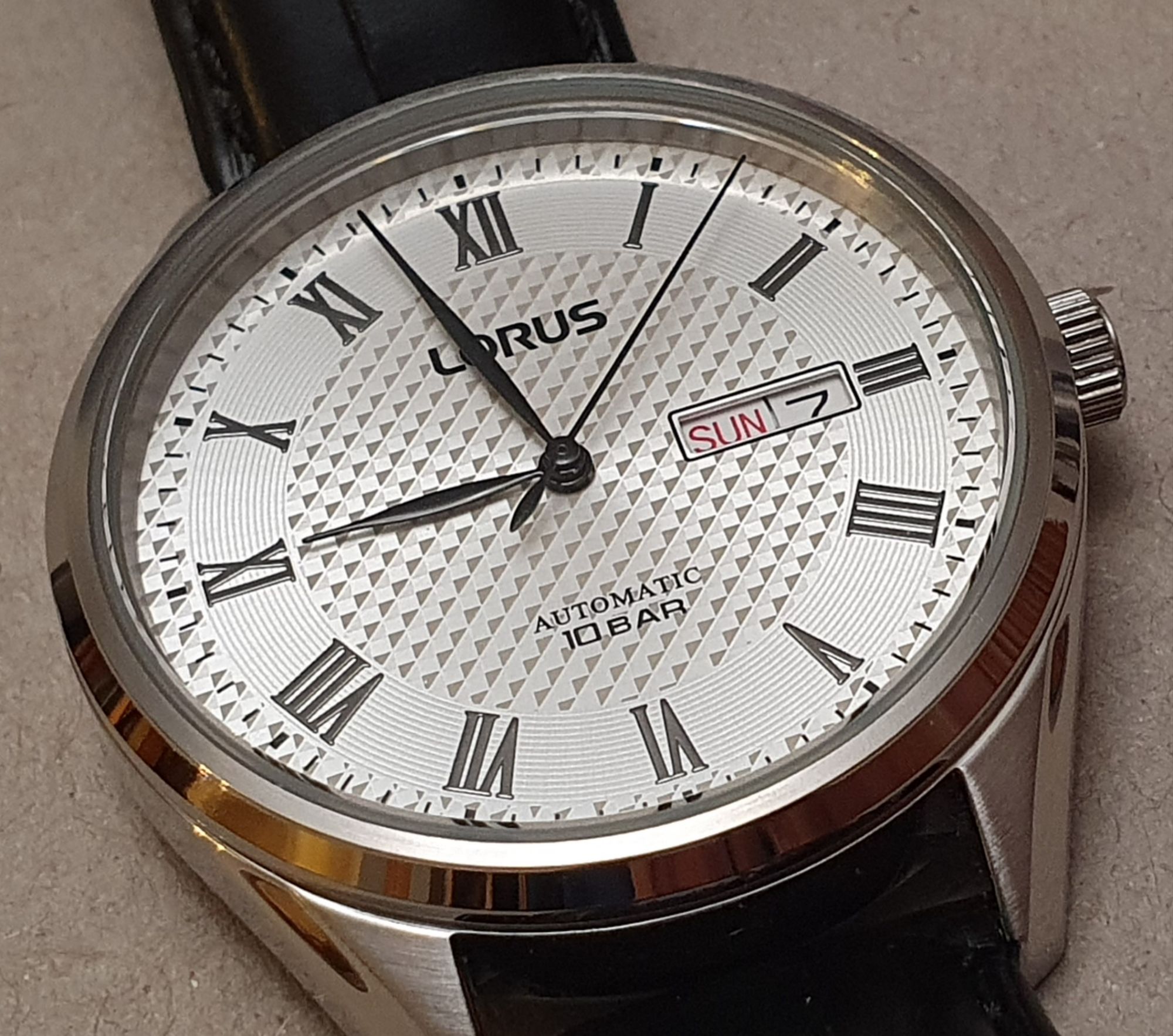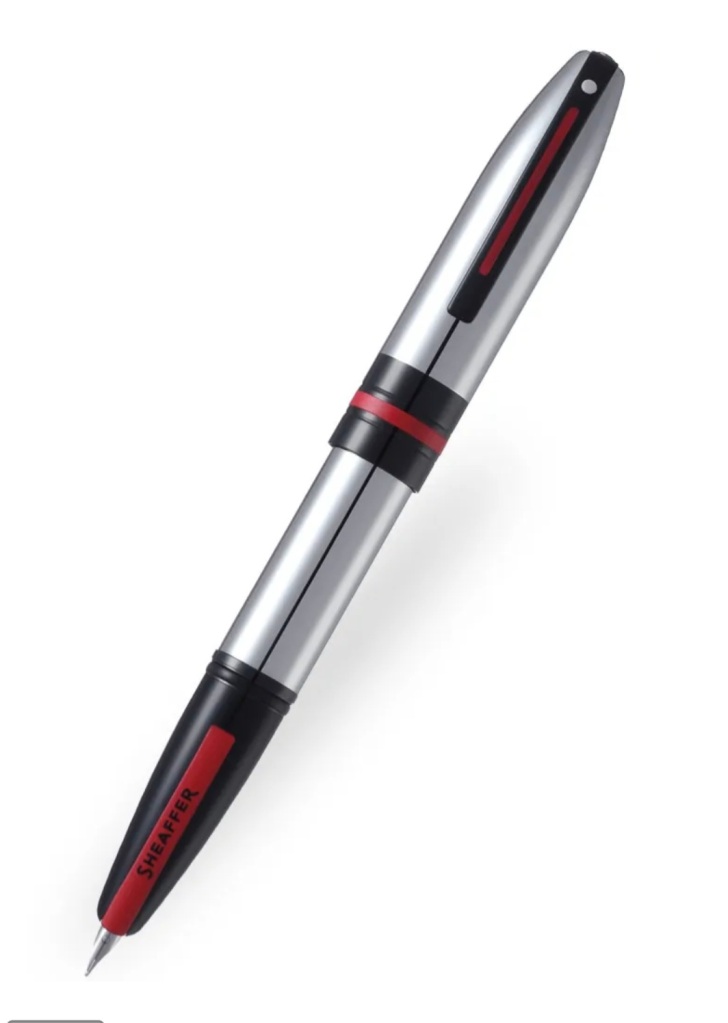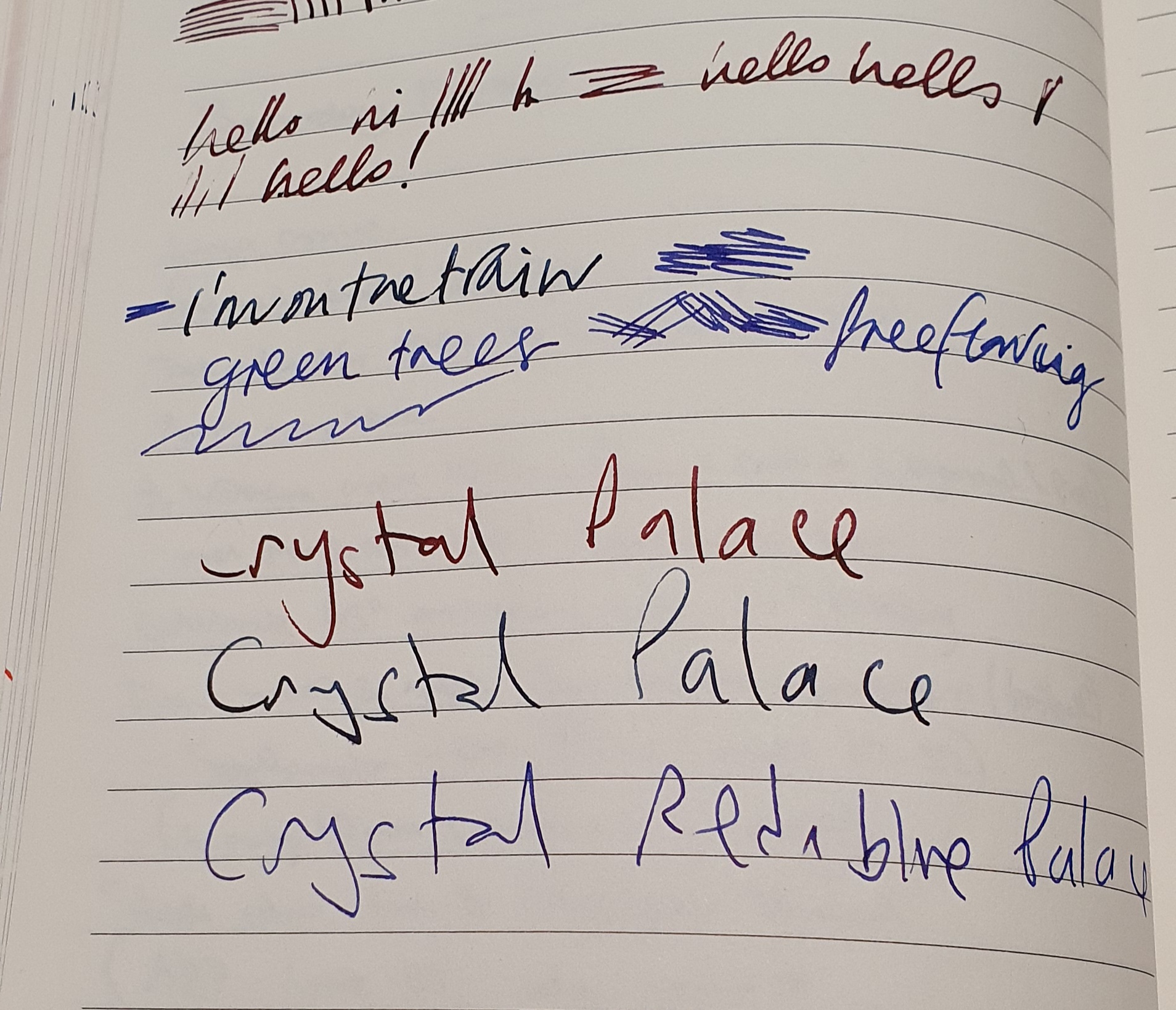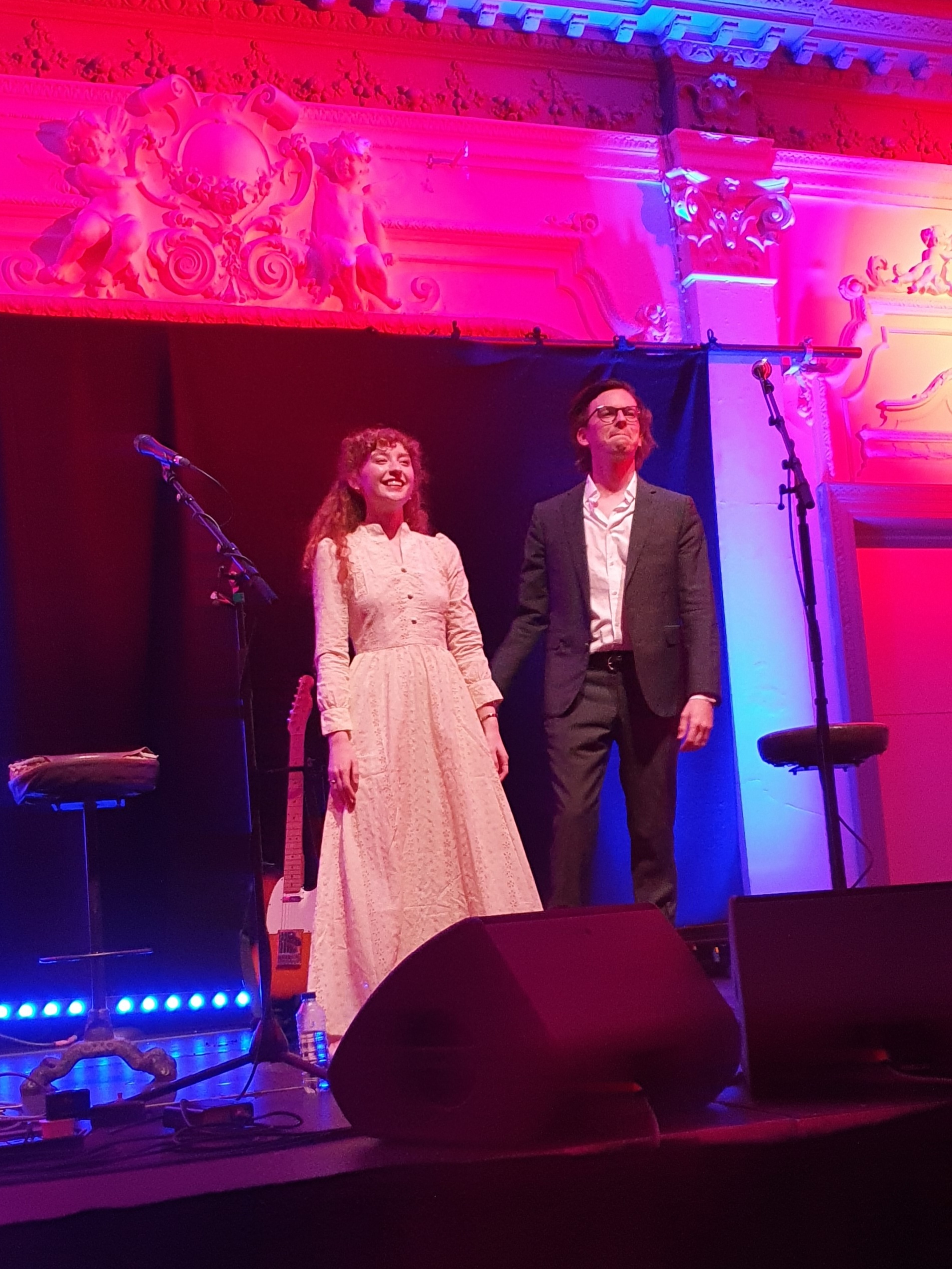On 9 January 2024, I wrote about my brief ownership of a Lorus automatic watch. The episode concluded with me taking it back to the shop, which was rather a down-beat ending.
But in case I misled anyone into thinking that I was left sad and watch-less, here is What Happened Next.
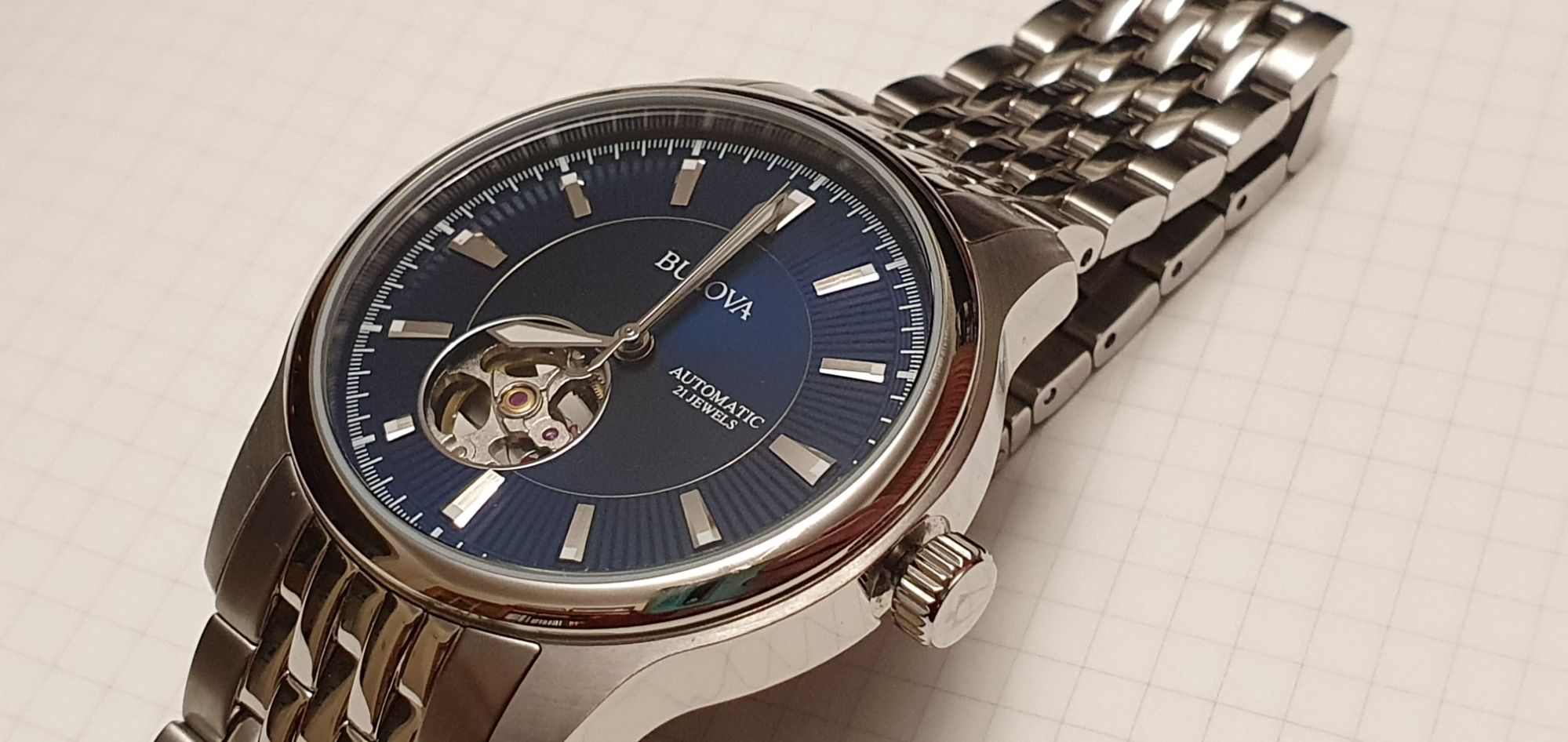
I do not buy a new automatic watch very often: aside from the Lorus, I had not done so since 1999. After the Lorus episode, I next took a renewed interest in the Seiko ranges of automatics, the “5” series and the Prospex. To do so is to dive down another enjoyable rabbit hole. For instance, I read that Queen’s Brian May had bought a Seiko 5 diving watch in Tokyo which he had worn since the 1970’s and that Seiko made a special Brian May limited edition in his honour.
It was informative to browse the line-up of Seiko watches in my usual haunts. But it was while looking casually around H Samuel’s Oxford Street branch in mid-January (intending to look at their Seikos) that a Bulova caught my eye. I was attracted by the uncluttered dial, the absence of numerals and the absence of any day and date complication. The face has a round hole at the 7 o’clock position to show the balance wheel in action. The watch was not actually running at that stage and my initial reaction was that I would have preferred it without this porthole, which I later learned was called the “open heart” feature, (as opposed to a skeleton dial which shows the whole movement at the expense of making it difficult to see the hands and read the time).
I liked everything else about the watch including its dark blue dial, silver-tone indices and supple steel bracelet. Unlike the Lorus, this movement allows manual as well as automatic winding and also allows hacking: the pausing of the second hand by pulling out the crown, in order to set it precisely.
As well as it being the most appealing in the display, it was also 50% off the list price. I asked to have a look at it. The helpful assistant commented that the colour suited me, although I was wearing a navy blue shirt, jacket and carrying a navy blue shoulder bag! I certainly did like the colour of the dial and had never had a watch with a dial other than white or black. She adjusted the bracelet, removing two links from each side, which still left it comfortably loose but secure. I was a happy and lucky man.
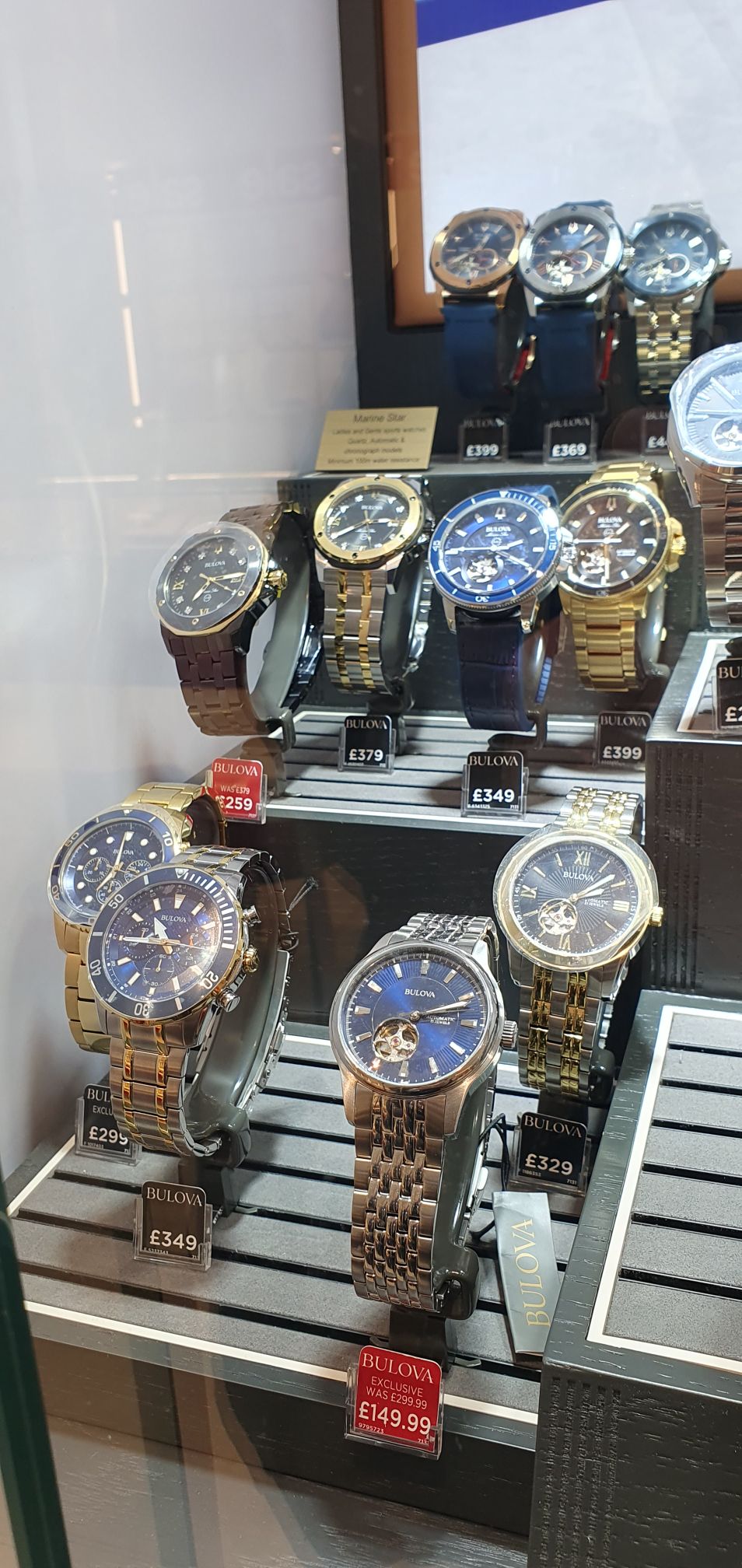
It also has an exhibition back and this, together with the open heart dial (a term I do not like very much) means that you can actually hold the watch and see through it. The movement includes a rotor which, I was surprised to see, is a D outline but open in the middle. Is this to save weight? If so this seems to rather defeat the object. Perhaps it is to allow a better view of the inner workings. In any event, the rotor is very sensitive and works perfectly. The watch also has some modest water-resistance although not a screw-down crown and so I would not wear it in the water.
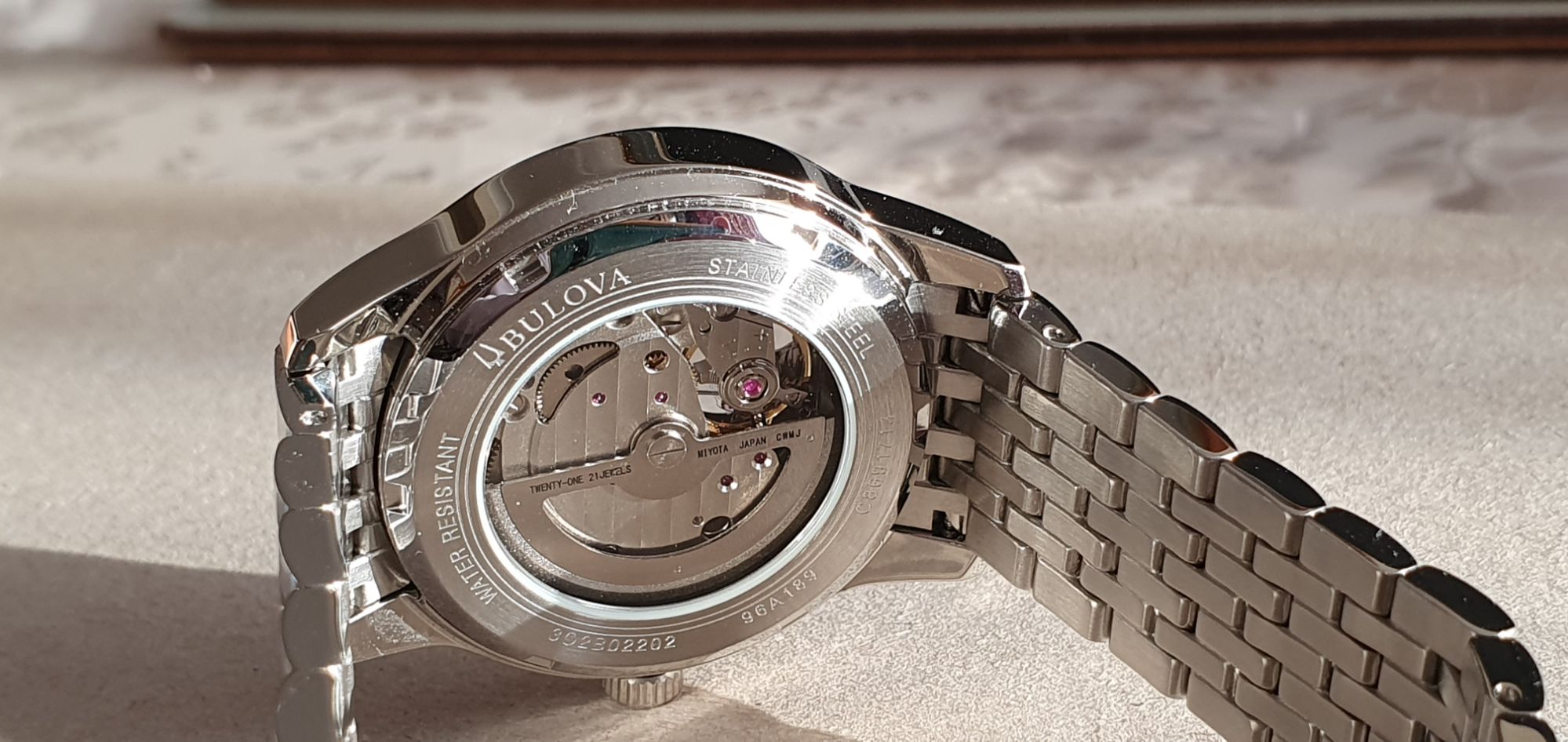
Swiss chronometer accuracy is no longer of such importance to me as when I was twenty, or even forty and buying a Rolex. Nevertheless I was curious to check the Bulova’s time-keeping. Over the first seven days it gained about 12 seconds a day. I then tested it over the next seven days too and got the same result. However, trying this again more recently, the deviation had lessened and it was gaining just 7 seconds a day. I hope that it remains there and does not continue to slow much further, but will check it now and again.
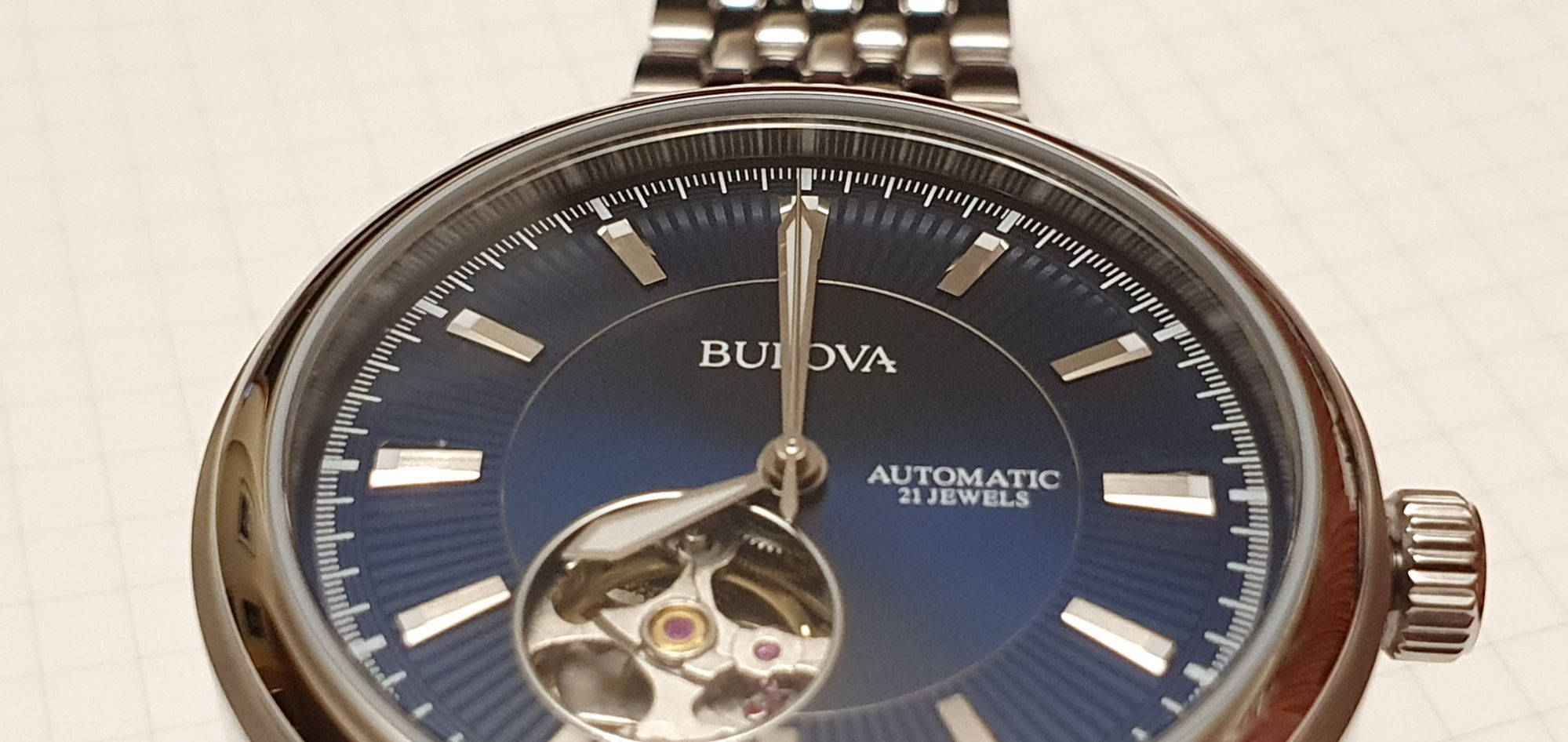
I also tested the power reserve – the amount of time for which the watch keeps running when not worn. I ensured that it was fully wound and then set it down. It managed a very respectable 44 hours.
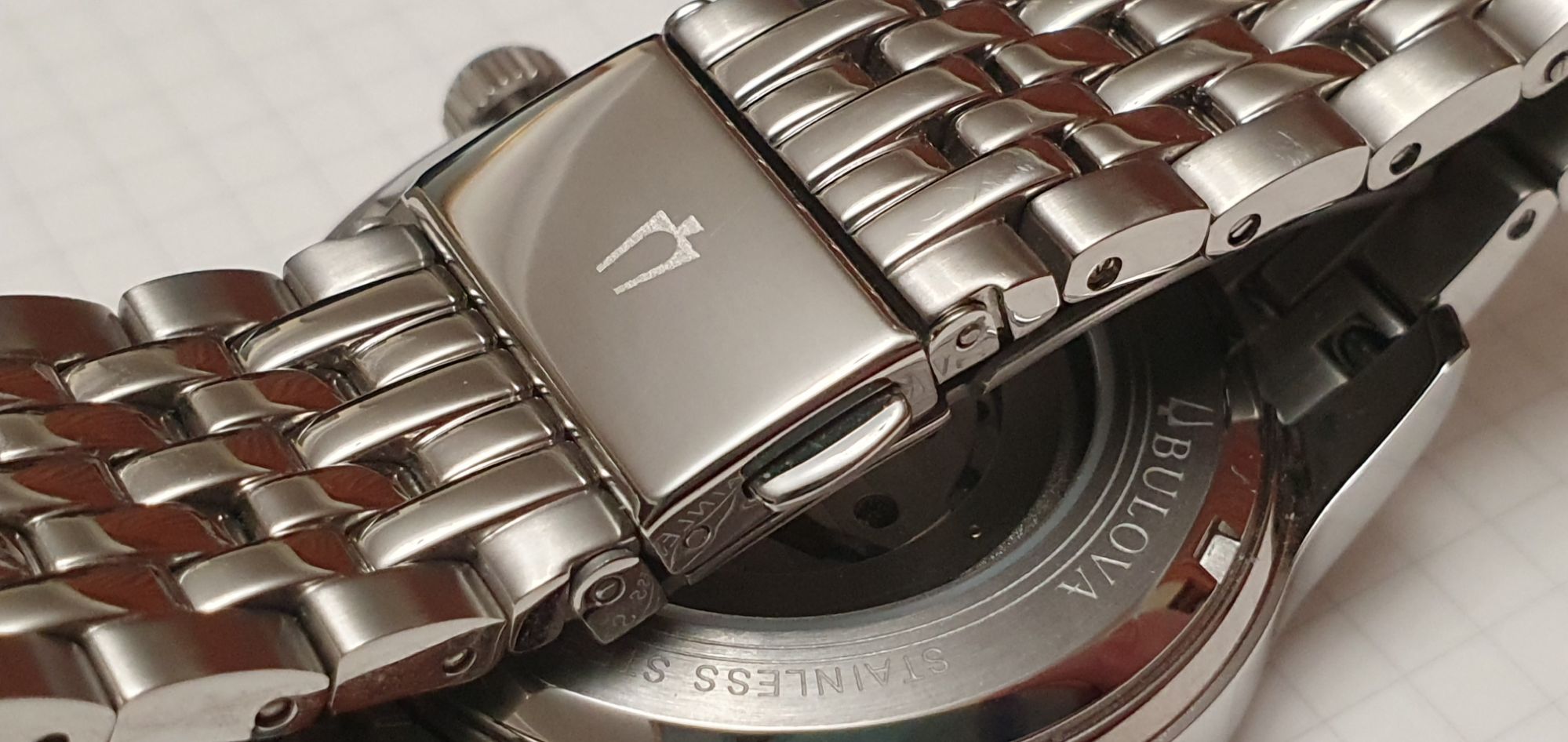
I have had this watch for over two months now. I still get a little thrill every time I see it on my wrist. As well as enjoying the sight of the second hand scurrying around the dial, I soon came to enjoy seeing the intricate movement through the porthole, which is much better when the watch is running.
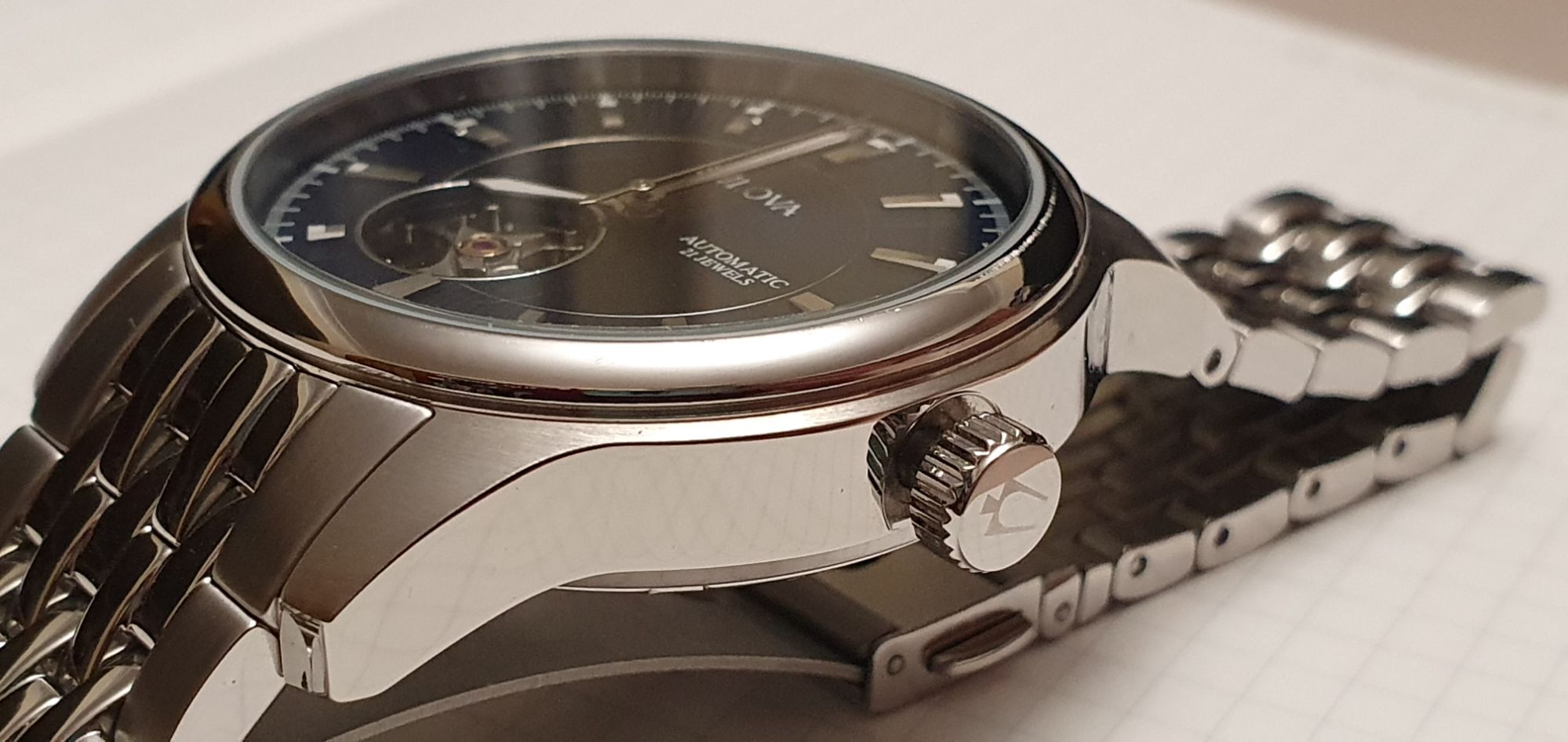
I had thought that I might rotate the Bulova with the other watches in my modest collection. In practice though, I have worn it every day since I bought it except for the weekend when I checked the power reserve. And this is perhaps the best testament of my high opinion.

